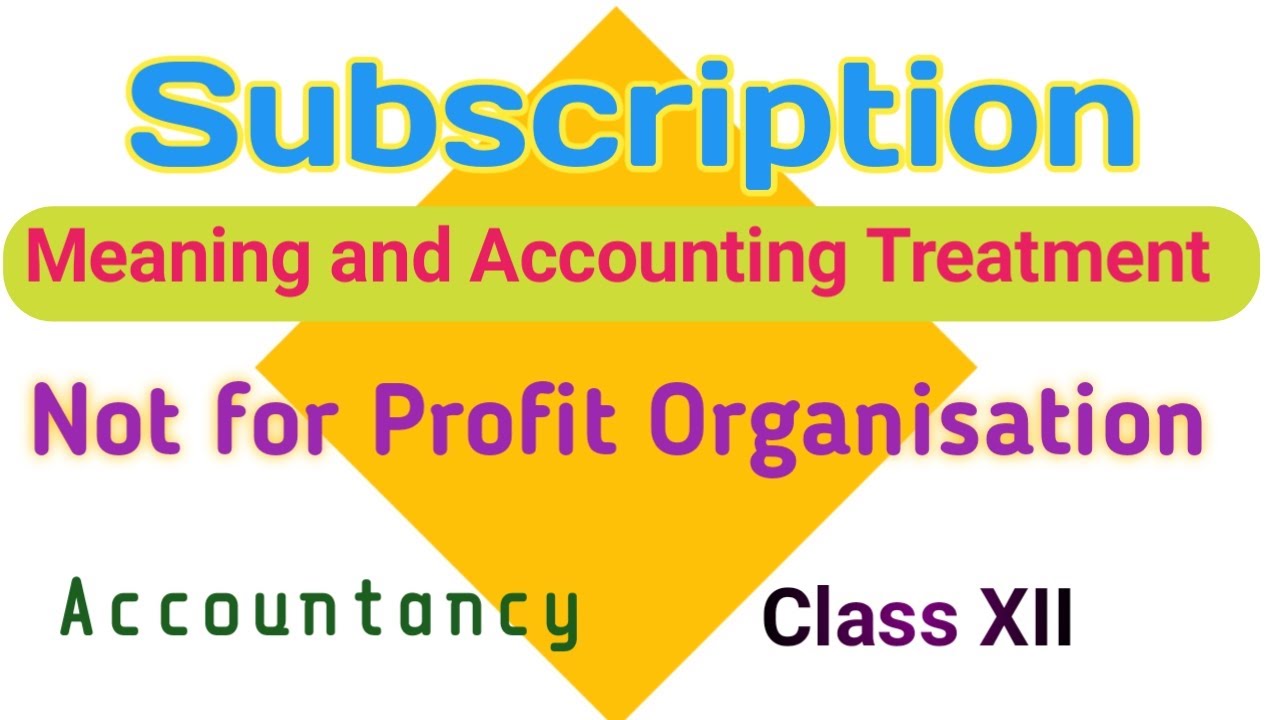That monthly charge hitting your customer’s credit card? It feels simple. But for the finance team, it’s a whole different story. The way you account for that revenue is fundamentally different from a one-time sale. Honestly, it can be a bit of a beast.
Let’s dive in. We’re going to unpack the unique accounting challenges—and opportunities—that come with running a subscription business. From deferred revenue to complex compliance, we’ll break it all down.
Why Subscription Accounting is a Different Animal
Think of it this way: if you sell a coffee mug, you recognize the revenue the second the sale is final. Done. With a subscription, you’re essentially selling a promise of future service. You get the cash upfront, but you haven’t actually earned it yet.
This creates a core concept you’ll hear again and again: deferred revenue. It’s a liability on your balance sheet. It represents the obligation you have to your customer. As you deliver your service each month, you slowly chip away at that liability and recognize it as earned revenue.
The Accrual Accounting Imperative
If you’re even thinking about scaling or getting investors, cash-basis accounting just won’t cut it. Sure, it’s simple—you record money when it comes in. But it gives a completely distorted view of a subscription business’s health.
Accrual accounting is the only way to go. It matches revenue with the period it was earned in, regardless of when the cash landed. This is non-negotiable for getting a true picture of your profitability. It’s what GAAP (Generally Accepted Accounting Principles) and IFRS (International Financial Reporting Standards) demand.
The Core Framework: ASC 606 and IFRS 15
This is where things get, well, technical. But stick with me. To bring consistency to revenue recognition, the big accounting bodies introduced ASC 606 (in the U.S.) and IFRS 15 (internationally). They’re largely the same, and they provide a five-step model.
Here’s the deal, broken down for a SaaS or subscription context:
- Identify the contract with a customer: A signed agreement, an online checkout—it’s the formal promise.
- Identify the performance obligations: What exactly are you promising? Is it just access to software? Or does it include setup, training, and premium support? Each distinct good or service is a performance obligation.
- Determine the transaction price: How much are you getting paid? This seems straightforward, but watch out for discounts, variable elements, or non-cash considerations.
- Allocate the transaction price: If you have multiple performance obligations (like that setup fee plus the monthly access), you need to split the total price between them based on their standalone selling prices.
- Recognize revenue as you satisfy each obligation: This is the key. You recognize revenue as you provide the service. For ongoing access, that usually means ratably over the subscription term.
Key Metrics That Actually Matter
Forget just looking at top-line revenue. Subscription businesses live and die by a different set of numbers. Your accounting system must be able to track these.
| Metric | What It Tells You |
| Monthly Recurring Revenue (MRR) | The predictable revenue you can expect every month. The lifeblood. |
| Annual Recurring Revenue (ARR) | MRR multiplied by 12. The big-picture view of predictable revenue. |
| Customer Churn Rate | The percentage of customers you lose in a period. The leak in your bucket. |
| Customer Lifetime Value (LTV) | The total revenue you expect from an average customer. A measure of long-term health. |
| Cost of Revenue (COR) | The direct costs of delivering your service (hosting, support, etc.). Crucial for understanding gross margin. |
Getting these numbers right is everything. They inform your valuation, your strategy, your everything. And they all flow from proper, accrual-based subscription accounting.
Common Pitfalls and How to Avoid Them
Many founders trip over the same hurdles. Let’s look at a few.
The Setup Fee Conundrum
You charge a one-time setup fee. Can you recognize it all at once? Almost certainly not. Unless the setup is a distinct service that transfers a separate benefit to the customer, that fee needs to be recognized over the life of the subscription. It’s part of the overall contract.
Dealing with Discounts and Free Trials
A one-month free trial isn’t “free” from an accounting perspective. You’re still incurring costs to serve that customer. The revenue from the paid months needs to be allocated across the entire contract term, including the free period. This smooths out your revenue recognition.
Contract Modifications (Upsells, Downgrades)
A customer upgrades from a $10 plan to a $20 plan halfway through the month. What now? Under ASC 606, you often have to treat the modification as the termination of the old contract and the creation of a new one, recalculating the revenue allocation from that point forward. It’s… fun.
Getting Your Tech Stack Right
You cannot do this efficiently with spreadsheets. It’s a recipe for errors and sleepless nights during month-end close. You need a system that automates the heavy lifting.
- A dedicated subscription billing platform (like Stripe, Chargebee, or Recurly) to handle the intricacies of invoicing, dunning, and prorations.
- An accounting software that plays nice with it (like QuickBooks Online, Xero, or NetSuite). The best setups have seamless integrations that push summarized journal entries for recognized revenue automatically.
This isn’t just about efficiency. It’s about having data you can actually trust.
The Bigger Picture: Beyond Compliance
Sure, getting the accounting right keeps you compliant. But honestly, that’s the bare minimum. The real power of nailing your subscription accounting is the strategic insight it gives you.
When you accurately track MRR and churn, you can predict your cash flow. When you understand your Cost of Revenue, you know how scalable your model truly is. This is the data that helps you make smarter decisions about marketing spend, product development, and customer success.
It transforms your finance function from a historical record-keeper into a forward-looking strategic partner.
So, while the rules of ASC 606 might seem like a dry compliance exercise, they’re actually the framework for understanding the very engine of your business. They force you to see the real story behind the recurring charge—the story of promises made, value delivered, and a relationship that, if nurtured correctly, can last for years.


